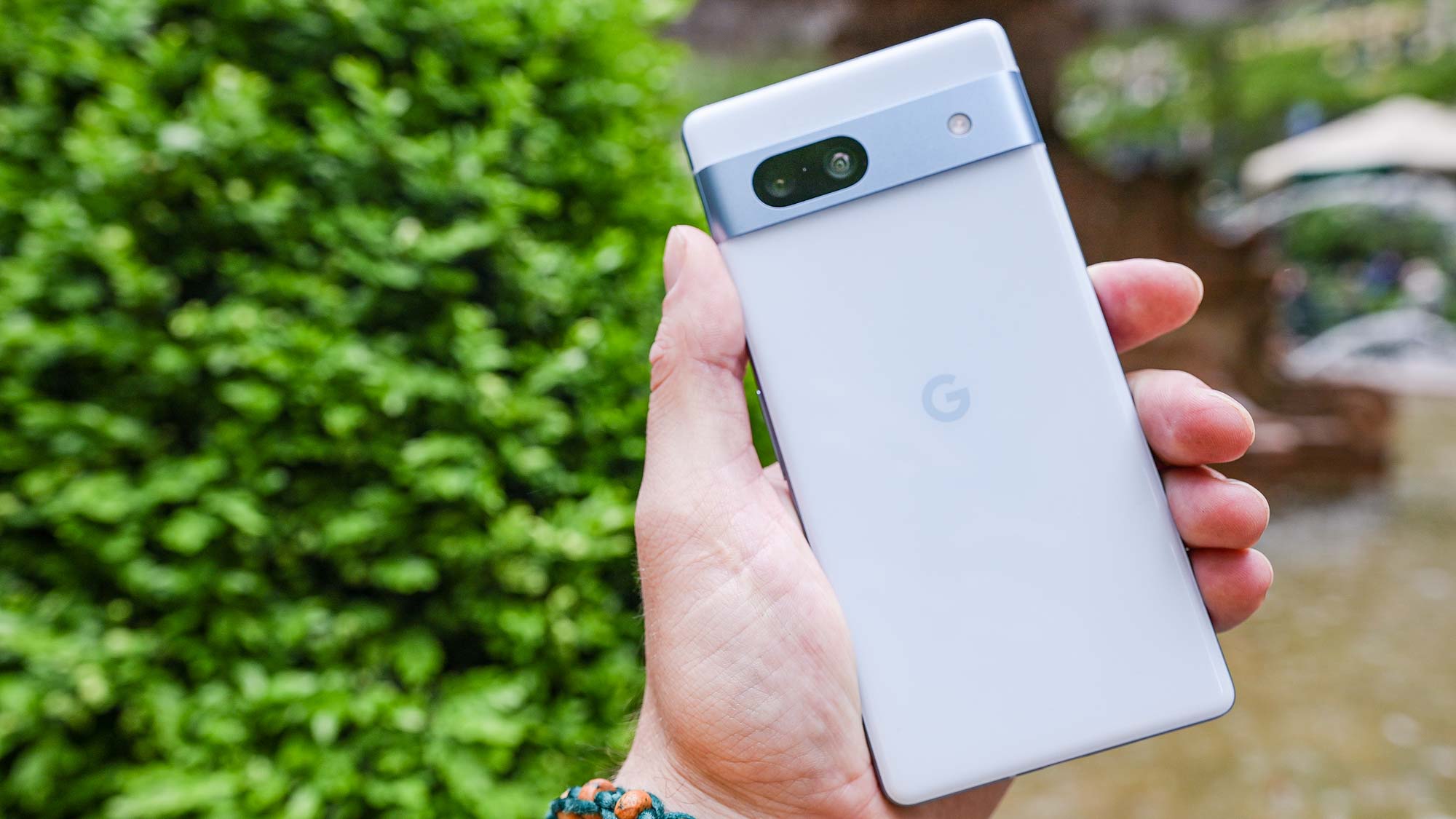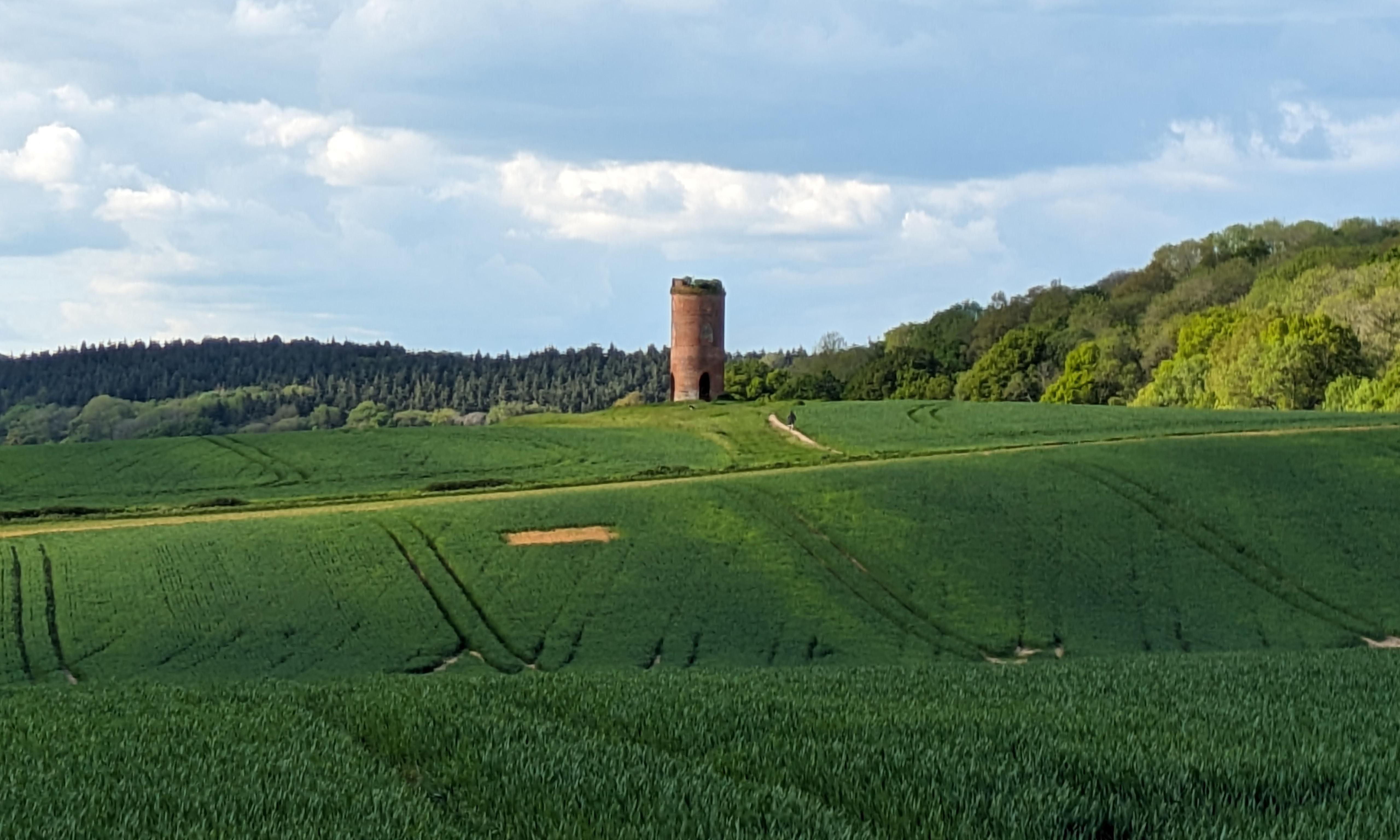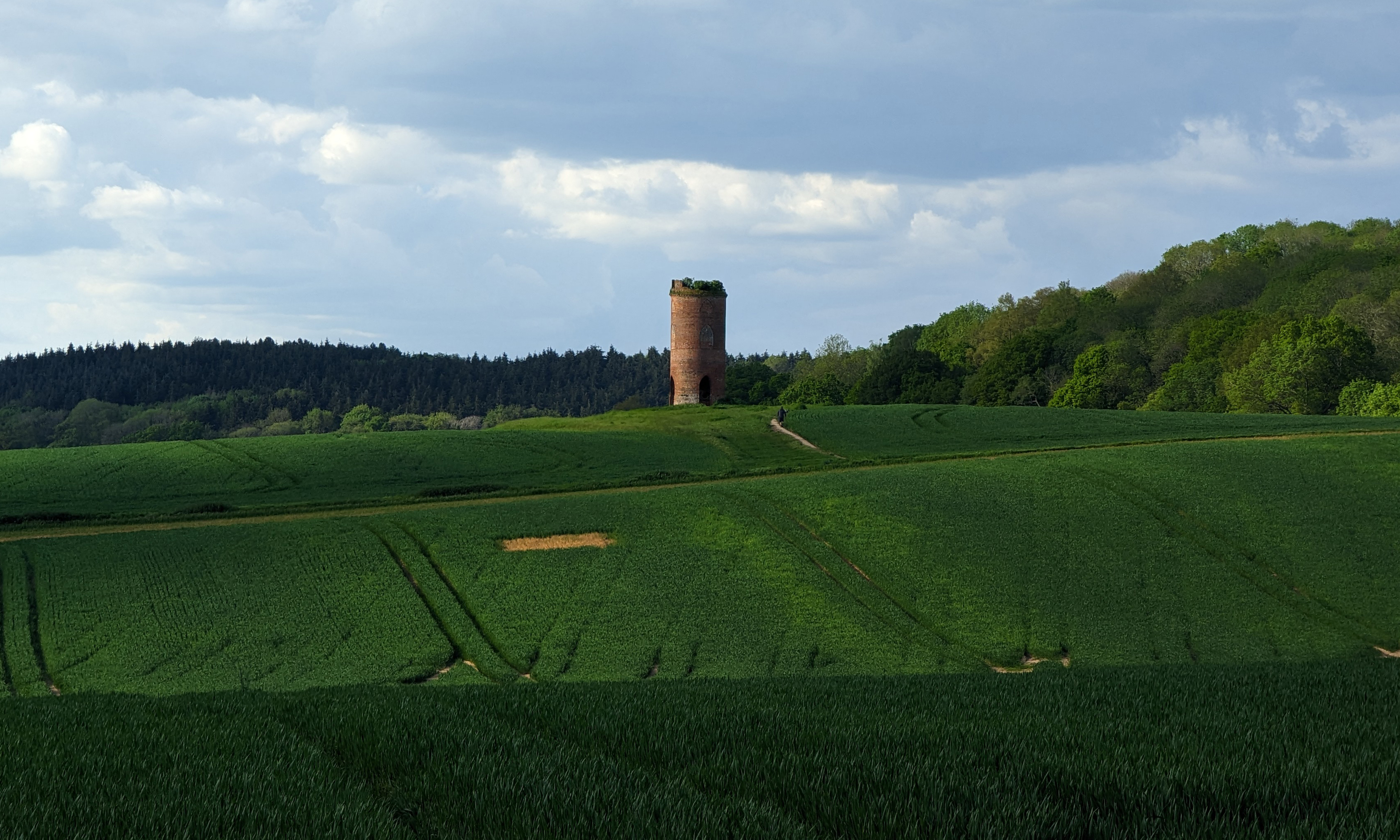
The Google Pixel 7a is a great little phone, especially considering the $499 price. Sacrifices have been made to achieve that price tag, but during my time with the phone most of them aren’t exactly deal breakers. But one particular thing, or rather the lack of it, puts me off ever buying a Pixel 7a.
The Pixel 7a has a dual-lens camera, which means it doesn’t have a telephoto lens or an optical zoom — just like the regular Pixel 7 and the iPhone 14. Currently, I am using a Pixel 6 Pro as my daily phone, and one of the reasons I chose it over the Pixel 6 was the fact that it had the telephoto zoom. But as I used the Pixel 7a, it got me wondering whether that telephoto lens was really necessary.
It helps that Google is known for its computational photography, using AI and software to enhance the photos beyond what the raw hardware is capable of. The question is, when it comes to zooming in, does that software trump the optical zoom of a telephoto lens? If not, how much worse is the quality through digital zoom only?
Pixel 6 Pro vs Pixel 7a zoom: The testing
The Pixel 6 Pro’s telephoto lens tops out at 4x magnification, so that’s where I began. I set both phones to exactly 4x zoom, and set about taking a selection of photos with each camera. This is to see how the Pixel 7a’s digital-only zoom compares to the 6 Pro’s optical lens.
A second batch was then taken at 8x zoom, which is where the Pixel 7a maxes out. This is a comparison of the 7a’s total zooming capabilities vs the combination Super Res Zoom utilized by the former flagship.
Pixel 6 Pro vs Pixel 7a: 4x magnification
4x magnification is the main focus of this testing, since this is where the capabilities of the Pixel 6 Pro's telephoto lens end. While I wouldn't say these photos are particularly bad, there is a pronounced difference in quality between the two.
In fact it's obvious pretty-much immediately that the Pixel 6 Pro's telephoto lens is making a lot of difference — certainly compared to the Pixel 7a's digital zoom.


This photo of a tower doesn't look great through either phone, but it's clear that the Pixel 6 Pro offers a better shot. The colors are more realistic, and you can make out a lot more detail in the distance. The trees in particular come out looking a lot better than they do on the Pixel 7a, where things a lot more of a blur and seemingly squished together.
The same goes for the tower, which is looking a little bit too smooth on the Pixel 7a. And you can barely see the graffiti inside the doorway, which, like the brickwork, is a lot more noticeable on the 6 Pro.
This closeup of that same tower is a totally different story. It comes out fairly clearly on both devices, but the Pixel 7a comes off a little worse for wear. Like the shot of my dog, the closer you look, the worse the quality seems to get. Because while the Pixel 6 Pro lets you make out each individual brick, the 7a blurs them altogether to the point you can only see the horizontal lines of mortar.
The greenery at the top is much the same, with the Pixel 6 Pro almost letting you make out leaves and blades of grass. And while that's not quite the case, it's certainly a lot clearer than the Pixel 7a's green-brown mass.
This shot of my dog is probably one of the best pictures the Pixel 7a produced. However, comparing it side-by-side with the Pixel 6 Pro’s attempt, and you can still see that the Pixel 7a details aren’t quite as clear. The details are more blurred together, and the photo still looks more overexposed.
Zoom in and that becomes even more apparent. The writing on the dog’s harness is perfectly clear and legible when you blow up the Pixel 6 Pro picture a little bit more, while the 7a’s is blurry and missing a lot of the same texturing and details. Anyone familiar with the Dog’s Trust charity might be able to fill in the blanks and recognise the writing, but that doesn’t change the fact that it’s barely legible.
Move out from the dog a little, and those differences become even more pronounced. Much like the towers, the Pixel 7a produces a slightly blurrier, smoothed out shot of my dog compared to the Pixel 6 Pro. Zooming in quite far it almost looks like a background character from a PS2-era video game.
It's much harder to make out the strands of grass on the Pixel 7a, while the plants and leaves almost look like they've been added with a paintbrush.
A shot of the dog much further away has pretty much the same issue — though it's clear by now that neither camera is particularly great at picking up details in the mid to far distance. Not at 4x magnification, anyway.
In fact, the Pixel 7a seems to struggle to make out any details from the dog, with the yellow harness almost completely blending in to his fur.
Pixel 6 Pro vs Pixel 7a: 8 x magnification
The difference in picture quality at 8x magnification is a lot more pronounced, and it’s immediately apparent which phone has produced the better shot. Zooming in to take a closer look only enhances the fact that the Pixel 7a’s zooming abilities are nowhere near as good as the Pixel 6 Pro's are.
The close-up of my dog is a great example of just how different these two cameras are at 8x zoom. The Pixel 6 Pro looks pretty great, all things considered, though zooming in means you can see things get a little blurry and pixelated. But you can mostly make out individual flowers and blades of grass, which isn’t the case for the Pixel 7a. Here the quality is noticeably worse, and a lot of the smaller details get lost. A very furry dog on a gravel path should look a lot sharper than this.
We see similar results with this picture of a signpost, alongside local walking routes. The picture taken on the Pixel 7a is incredibly fuzzy, almost like looking through a pair of glasses that aren't quite the right prescription. Meanwhile, the result on the Pixel 6 Pro is much crisper, albeit a looking a little overexposed.
Zoom in and you can even make out the smaller writing on the flyer, warning dog owners that it's against the law not to get their pooch microchipped.
Finally we have this cell phone tower, which has not come out particularly well on the Pixel 7a. It's almost as though someone has run it through a filter to try and create a hand-drawn effect, losing out on a lot of clarity in the process. The background trees, in particular, look an absolute mess at this magnification.
The Pixel 6 Pro's take on the tower isn't perfect, but you have to zoom in a lot further to see much to criticize. You can see the three individual cables running up the center of the tower, and the cabling around the top of the transmitter. The Pixel 7a mashed them all together and took away all of the sharpness in the process.
Bottom line
It’s clear from these images that there’s absolutely no debate on which phone offers better zoom. Regardless of any improvements to software or enhancements afforded by the Tensor G2, the Pixel 7a just can’t compete with the Pixel 6 Pro. The phone may be older, but when it comes to zoomed photography, it is undoubtedly the better option.
The 4x optical magnification afforded by the telephoto lens didn’t produce perfect photos, but they were significantly clearer and more detail-rich than the Pixel 7a’s digital zoom. Increasing that magnification to 8x made the difference even more pronounced. While the Pixel 6 Pro did experience more quality degradation at this level, it was nothing compared to the Pixel 7a. The 7a’s images were significantly blurrier, and it’s impossible to make out the finer details.
In fact I’d be incline to argue that the Pixel 6 Pro’s Super Res Zoom managed to produce some photos that looked better at 8x magnification than the Pixel 7a produced at 4x. Not all the time, especially when the sun was out, but the fact that’s even up for debate is impressive in itself.
So the short answer is that, in Google’s case at least, digital zoom just can not compete with the abilities of a telephoto lens. Certainly not when there are exclusive AI features thrown into the mix. Much as I can appreciate the Pixel 7a for what it is and what it can do, the camera situation means I doubt I’ll be switching to an A series Pixel anytime soon. It may be one of the best camera phones, but I need more.







